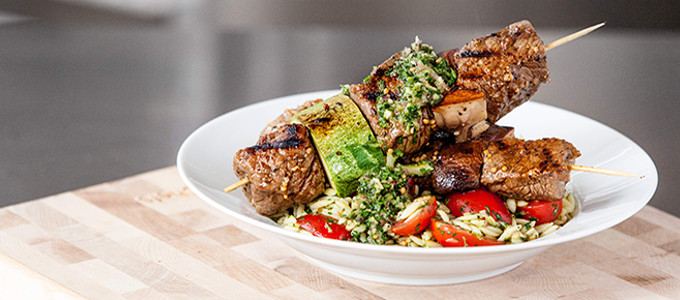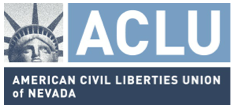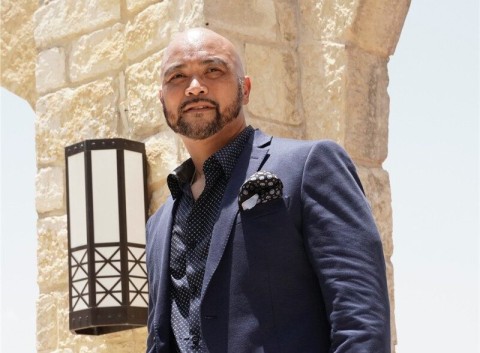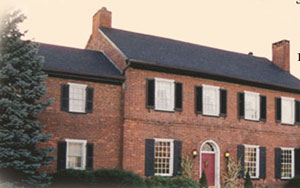Each year as summer fades and autumn leaves begin to turn, a single beverage sweeps across America, marking the unofficial start of fall: Starbucks’ Pumpkin Spice Latte (PSL). Its cultural significance is so profound, you'd think it was planned from day one. But the PSL was never expected to be a blockbuster. Instead, it’s one of foodservice's most surprising—and instructive—menu successes. For food, beverage, and hospitality professionals hungry for the next big hit, the PSL story is both an inspiration and a template for turning seasonal flavor into long-term profit.
The Recipe Nobody Saw Coming
In the early 2000s, Starbucks was riding high on the success of specialty seasonal drinks but looking for an autumnal star. In 2003, after months of kitchen toil and multiple tasting panels featuring everything from chocolate to caramel, the product team, led by Peter Dukes, settled on pumpkin spice—a mixture inspired by classic American holiday flavors. But there was skepticism. Pumpkin, after all, wasn’t a proven coffee companion. So Starbucks played it safe, launching the PSL in just 100 select stores as a limited-time test run.
Peter Dukes, who managed the beverage team, later admitted, "Nobody knew back then what it would grow to be. It was a sleeper, for sure." (starbucks.com)
First Sip: Instant, Unexpected Success
The public’s reaction was immediate and overwhelming. During the fall 2003 test, PSL flew off the shelves, outperforming expectations and providing tangible data for a national rollout. In October 2004, Starbucks expanded the PSL chainwide. Sales leaped by 25%, instantly crowning the latte as the company’s fall superstar.
This runaway demand wasn’t confined to pumpkin spice aficionados. Starbucks’ PSL attracted a diverse base—from students lining up before class to business executives grabbing their morning fix. Its universal appeal proved that even polarizing flavors, when timed and marketed well, can create powerful, emotional consumer connections.
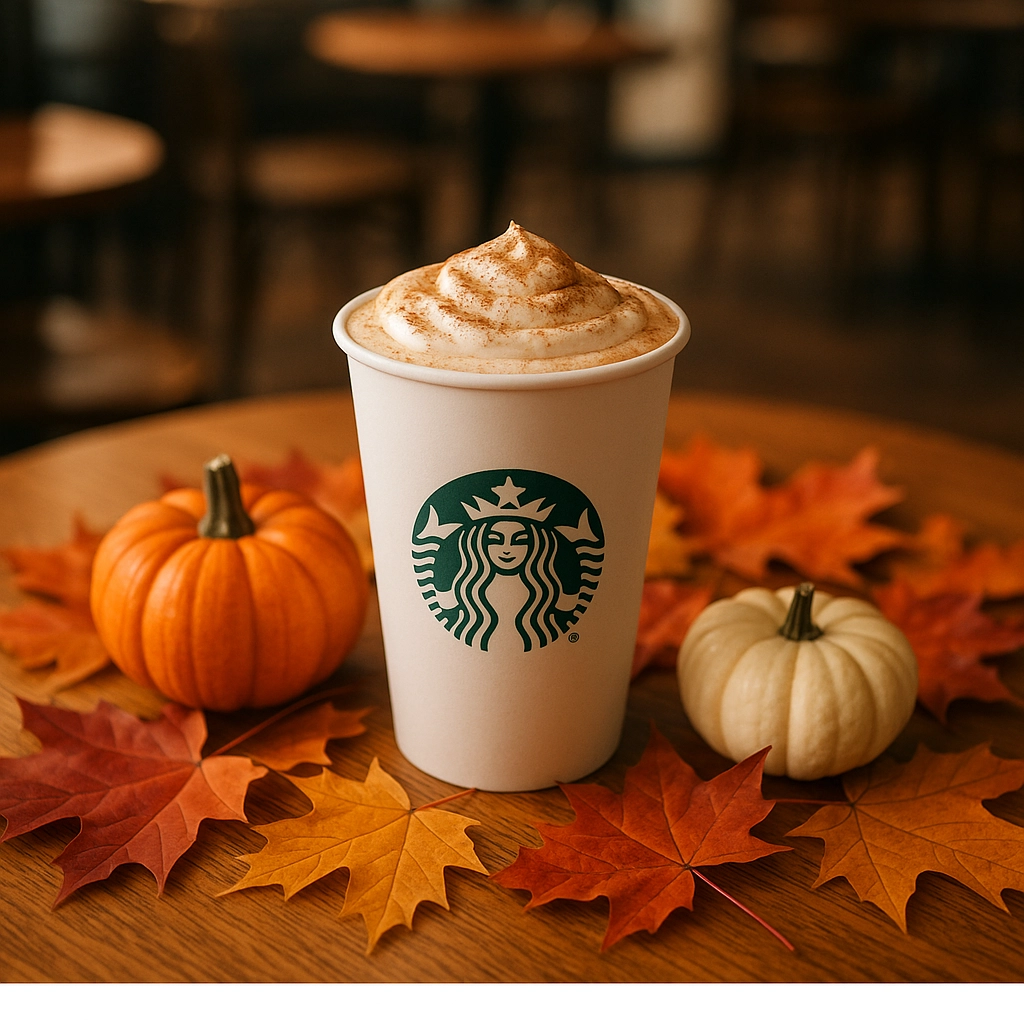
How the Pumpkin Spice Latte Became a Cultural Icon
The PSL isn’t just a drink—it’s a pop culture event. Starbucks’ clever marketing played a vital role, creating anticipation by teasing launch dates and harnessing the power of scarcity. Customers now count down the days to “PSL season.” Its limited-run nature drove urgency and repeated visits.
Social media amplified the frenzy. Instagram and Twitter users began sharing #PSL photos and memes, creating an organic grassroots campaign that no marketing budget could match. Today, the PSL’s release rivals the buzz of major film premieres.
The cultural impact has rippled across industries, spawning pumpkin-spice everything: from M&Ms to bagels and even household cleaning products. As Food & Beverage Magazine has observed, the drink’s seasonal return now aligns with broader consumer trends toward nostalgia and comfort foods—key appetite drivers since the pandemic (FB101: Behind the Scenes with Innovative Chefs & Labor Cost Solutions).
The Business Impact: Annual Revenue Machine
Few menu items deliver the kind of repeatable revenue PSL does. Starbucks has sold more than 424 million Pumpkin Spice Lattes since its debut; some analysts estimate the drink alone generates over $500 million annually. With an average price approaching $6 in major metro markets, PSL stands as a living case study in price elasticity, premiumization, and the magic of limited-time offers.
How does this translate to the bottom line? Not only does the PSL bring in direct sales, it also boosts traffic for baked goods, sandwiches, and other drinks—an effect the brand leverages across multiple menu categories each fall.
Lessons for Operators: From Limited Time to Long-Term Value
Hospitality operators looking for their own PSL moment should take note of a few key strategies Starbucks employed:
1. Seasonal Scarcity Drives Urgency
Limiting the PSL to fall stoked demand, funneled interest, and encouraged stockpiling behaviors among fans. This scarcity model boosts both perceived value and visit frequency.
2. Iterative Feedback Matters
Starbucks used real-time feedback from its 2003 test launch to optimize both the drink and the in-store experience. Menu engineering shouldn’t just be about price; it’s about listening and adapting.
3. Emotional Connection Sells
The PSL’s emotional resonance—tapping into memories of autumn, holidays, and family—transcends taste. Building emotional touchpoints into product launches can elevate ordinary menu items into sentimental favorites.
4. Social Media Is Rocket Fuel
Allowing a passionate fanbase to co-create a product’s story delivers outsized impact. PSL’s army of online enthusiasts did more for Starbucks than any commercial ever could, setting a blueprint for beverage viral marketing.
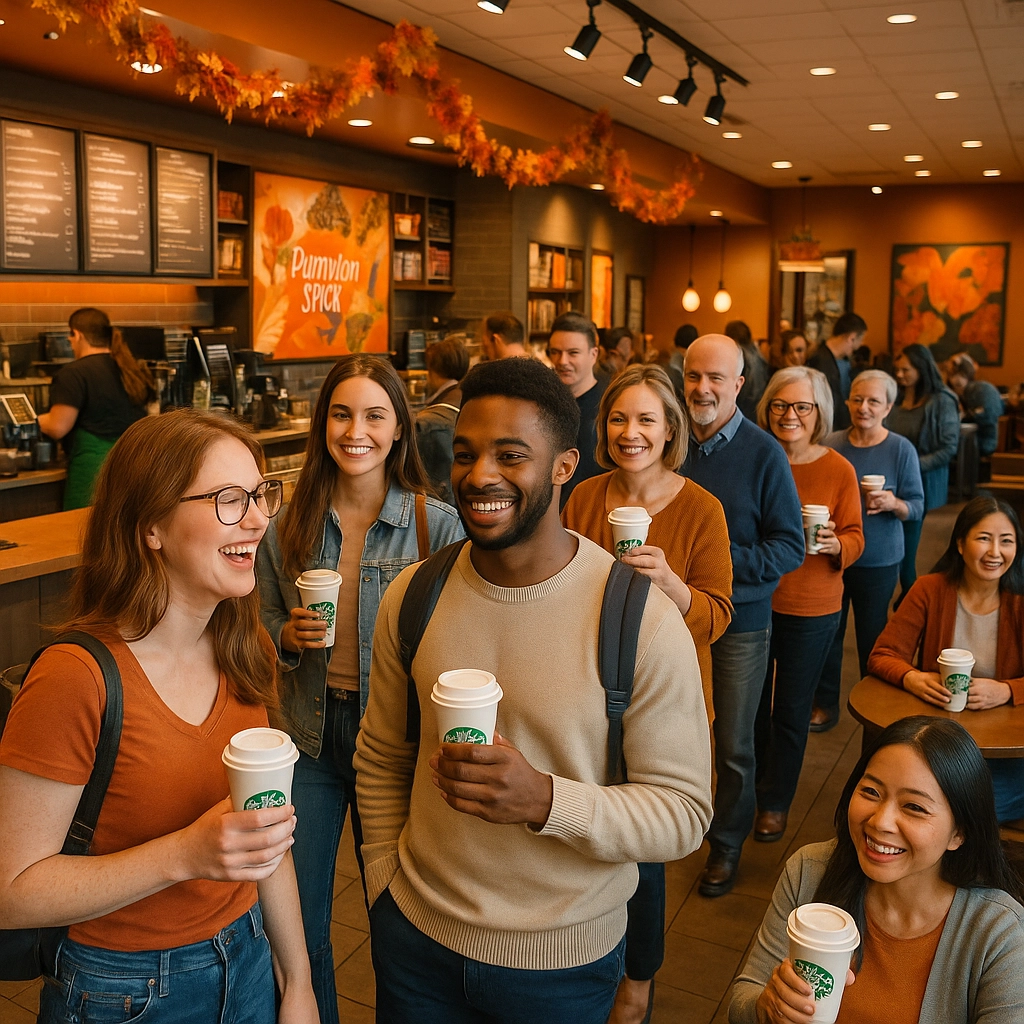
5. Expand the Category, Not Just the SKU
Competitors like Dunkin’, Krispy Kreme, and Dutch Bros. now feature their own takes on pumpkin spice drinks. Retail aisles, from yogurt to popcorn, have become inundated each autumn with pumpkin spice flavor. The PSL didn’t just inspire menu copying; it sparked an entire industry segment. This is proof that a single innovation can expand the product landscape and generate cross-category excitement.
Case Study: PSL’s Impact Beyond Starbucks
Foodservice leaders everywhere have taken notes from the PSL's journey. For instance, Dunkin’ saw a 25% rise in seasonal beverage sales when it introduced its pumpkin-flavored lattes and baked goods. Meanwhile, Midwestern chain Caribou Coffee credits its “Pumpkin Pie Latte” and “Pumpkin White Mocha” with double-digit growth in Q4 over the past several years.
With so much category momentum, it’s not surprising that independent operators are joining in. Regional craft coffee shops like Blue Bottle and even boutique bakeries in New York City have reported sold-out supplies of pumpkin-inspired drinks and desserts, catering to consumers’ ongoing appetite for autumnal nostalgia.
According to Food & Beverage Magazine data, nearly 65% of U.S. coffee retailers added at least one pumpkin spice beverage between 2018 and 2023, further validating the trend’s staying power (FB101: Propel Profits—How Bad Daddy's Earned a 5X Return on Ad Spend).
For Operators: What Makes a Seasonal Hit Stick?
Any operator looking to capitalize on PSL-style success should keep these critical factors in mind:
- Authenticity wins: Drinks need to evoke real memories or tap into universal sentiments. Artificial flavors or lazy copycatting won’t create loyalty.
- Test, learn, iterate: The PSL’s success was data-driven. Use limited pilots and listen to real guest feedback before scaling up.
- Own your season: Don’t just “add pumpkin spice.” Create an experience—a signature garnish, a story, a local connection.
- Leverage urgency: Countdown clocks, surprise early launches, and first-come incentives drive repeat visits.
- Cross-promote: Utilize the seasonal beverage to drive sales for complementary menu items like snacks and merchandise.
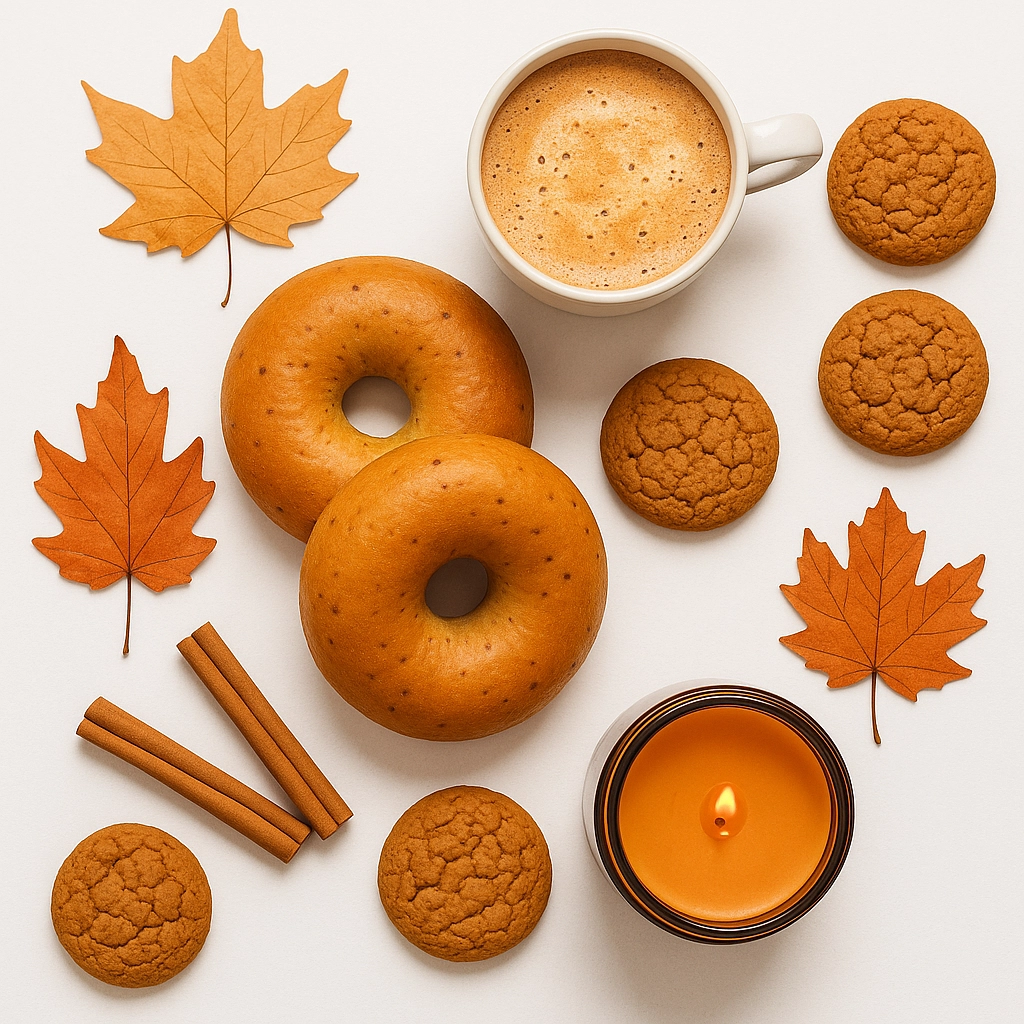
Looking Forward: Seasonal Innovation in a Changing Market
As consumer tastes shift and younger audiences crave novelty, the next “PSL moment” might not come from predictable seasonal cues. Emerging data shows growing interest in globally-inspired flavors (think: ube, cardamom, yuzu) and health-forward seasonal twists (like oat milk matcha lattes). For thought leaders in foodservice, tracking micro-seasons and tying menu innovation to local storytelling could be the next evolution.
But the Pumpkin Spice Latte’s legacy looms large. From its humble beginnings in just 100 Starbucks locations to an icon recognized the world over, the PSL stands as a masterclass in menu innovation, marketing, and the power of seasonal connection. For anyone in the food and beverage space, it’s a perennial reminder that today’s unexpected bestseller could become tomorrow’s cultural staple.
What’s your operation’s “PSL moment”? Tell us your unexpected menu bestseller in the comments👇. Want regular insight on food, beverage, and hospitality trends? Subscribe to Food & Beverage Magazine for the latest data, strategies, and real-world stories.
Written by Michael Politz, Author of Guide to Restaurant Success: The Proven Process for Starting Any Restaurant Business From Scratch to Success (ISBN: 978-1-119-66896-1), Founder of Food & Beverage Magazine, the leading online magazine and resource in the industry. Designer of the Bluetooth logo and recognized in Entrepreneur Magazine's “Top 40 Under 40” for founding American Wholesale Floral. Politz is also the founder of the Proof Awards and the CPG Awards and a partner in numerous consumer brands across the food and beverage sector.





